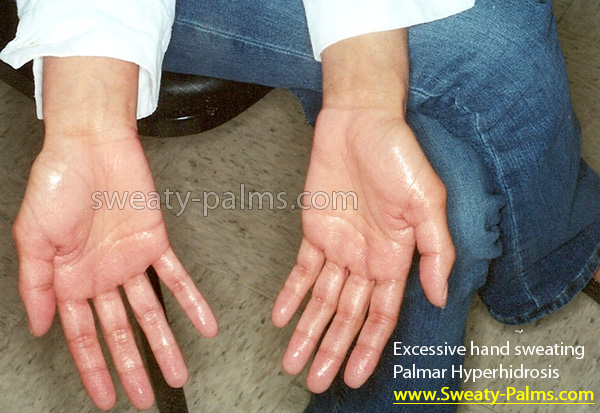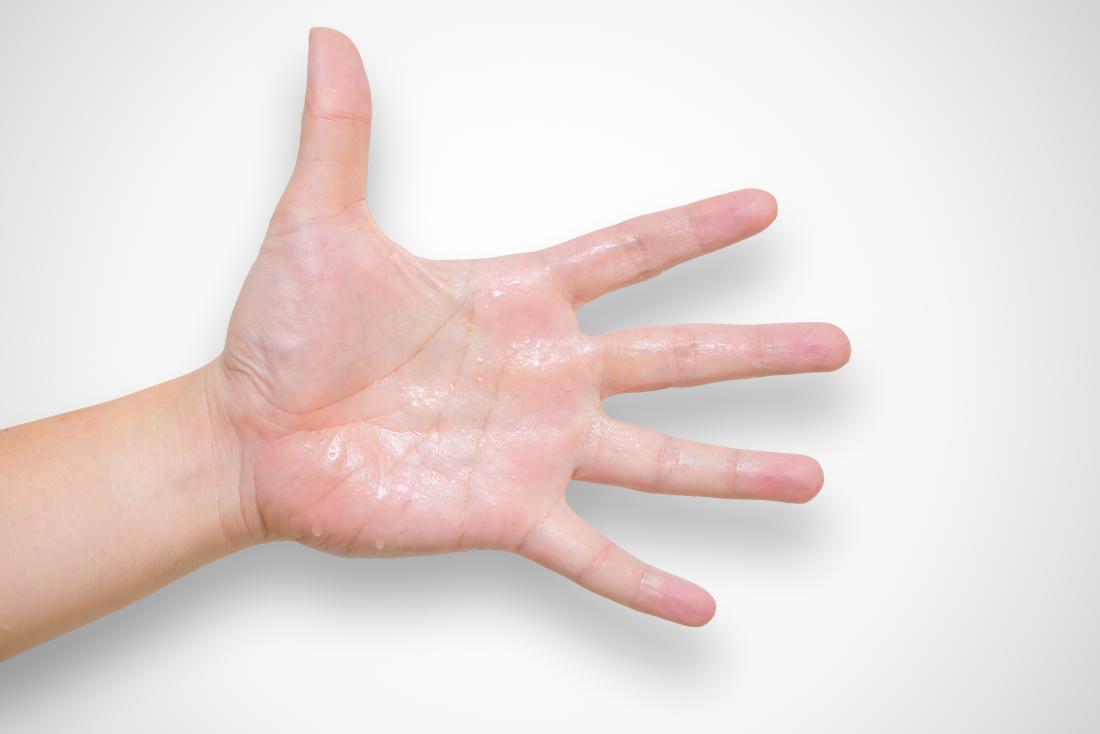How to Stop Sweaty Hands: Expert Dermatology Advice for Managing Excessive Sweating
Unveiling the Complexities of Excessive Sweating: A Comprehensive Guide to Medical Diagnosis and Monitoring
Excessive sweating, medically understood as hyperhidrosis, is a problem that affects a considerable number of individuals and can have an extensive effect on their quality of life. While sweating is an all-natural physical function, its overactivity in hyperhidrosis provides a distinct set of challenges that often go past plain pain.

Understanding Hyperhidrosis Causes
Hyperhidrosis triggers can be connected to various aspects such as genes, hormonal inequalities, and particular medical problems. Genes play a considerable duty in key focal hyperhidrosis, where individuals inherit the problem from their relative. This kind of hyperhidrosis commonly materializes in details locations like the hands, soles of the feet, underarms, and face. Hormone imbalances, especially an over active thyroid gland or menopausal modifications, can additionally set off excessive sweating. Furthermore, specific medical problems such as diabetes mellitus, heart problem, and infections can bring about second generalised hyperhidrosis. These underlying health and wellness concerns can disrupt the body's natural air conditioning system, creating the sweat glands to come to be over active. Comprehending the root causes of hyperhidrosis is important in identifying and properly handling this condition. By recognizing the particular variables adding to extreme sweating, healthcare service providers can tailor therapy plans to address the underlying cause, using alleviation and boosting the top quality of life for people affected by hyperhidrosis.
Identifying Hyperhidrosis Symptoms

In addition, hyperhidrosis symptoms may manifest in psychological and social distress, as people might feel self-conscious or nervous concerning their sweating, bring about avoidance of social scenarios (How to stop sweaty hands). In addition, repeated episodes of excessive sweating can lead to skin maceration, fungal infections, and an overall decrease in self-confidence
Diagnostic Process for Hyperhidrosis
Initiating the diagnostic procedure for too much sweating involves thorough analysis of the individual's case history and health examination. Asking about the start, period, and triggers of sweating episodes is important to separate in between main focal hyperhidrosis and additional generalised hyperhidrosis. Medical history must also include concerns about medications, clinical problems, find more info and household background of hyperhidrosis.
Throughout the health examination, specific focus is paid to the locations affected by sweating. The doctor may analyze the level of sweating, check for signs of underlying problems, and examine the effect of sweating on the person's top quality of life. In addition, specific examinations like the gravimetric examination, starch-iodine examination, or skin conductance measurements may be conducted to measure the quantity of sweat generated.
Furthermore, in situations where second hyperhidrosis is presumed, extra examinations such as blood tests, pee examinations, and imaging researches may be recommended to identify the underlying reason for too much sweating. The diagnostic process aims to properly identify the type and reason of hyperhidrosis to assist appropriate administration strategies.
Treatment Options for Hyperhidrosis
When attending to too much sweating, various therapy alternatives are available to reduce signs and enhance the individual's top quality of life. The therapy strategy for hyperhidrosis relies on the seriousness of symptoms and the individual's reaction to initial treatments.
Topical treatments, such as aluminum-based antiperspirants, are typically recommended as the very first line of protection for handling moderate cases of hyperhidrosis. These products function by connecting the sweat air ducts, thus minimizing the quantity of sweat that reaches the skin's surface area. For individuals with much more severe signs and symptoms, oral drugs like anticholinergics might be suggested to assist lower sweating. Nonetheless, these drugs can have side results and are not suitable for everyone.

Effective Management Methods
To efficiently take care of hyperhidrosis, a detailed and individualized therapy plan tailored to the person's specific demands and feedback to previous therapies is vital. Iontophoresis, involving the usage of a low How to stop sweaty hands electric current to lower sweat gland task, can be useful for both palmoplantar and axillary hyperhidrosis. A multidisciplinary method including dermatologists, primary treatment medical professionals, and, if necessary, cosmetic surgeons, can enhance the administration of hyperhidrosis.
Conclusion
In conclusion, hyperhidrosis is a condition identified by excessive sweating, which can greatly affect an individual's quality of life. With proper medical diagnosis and administration methods, people enduring from hyperhidrosis can find alleviation and enhance their general wellness.
Excessive sweating, clinically understood as hyperhidrosis, is a problem that visit our website influences a significant number of people and can have an extensive impact on their quality of life. By identifying the particular elements adding to extreme sweating, healthcare companies can customize treatment strategies to resolve the underlying cause, providing relief and improving the top quality of life for individuals affected by hyperhidrosis.
Hyperhidrosis, defined by extreme sweating beyond what is required for controling body temperature level, can dramatically influence a person's high quality of life. Asking regarding the start, duration, and triggers of sweating episodes is crucial to set apart in between key focal hyperhidrosis and secondary generalised hyperhidrosis. Exessive Sweating.In conclusion, hyperhidrosis is a problem defined by extreme sweating, which can considerably impact an individual's quality of life